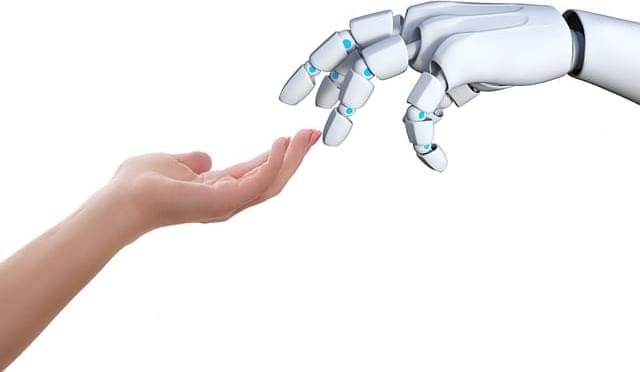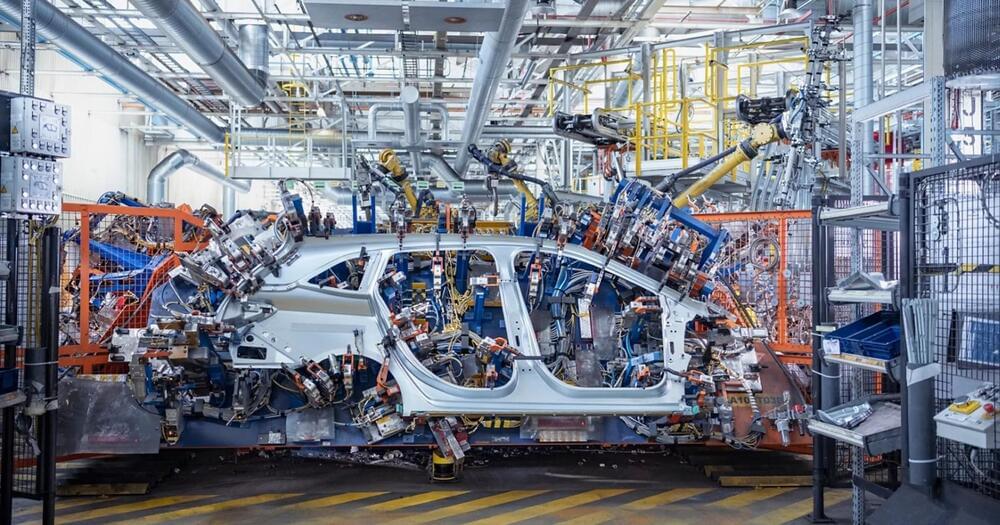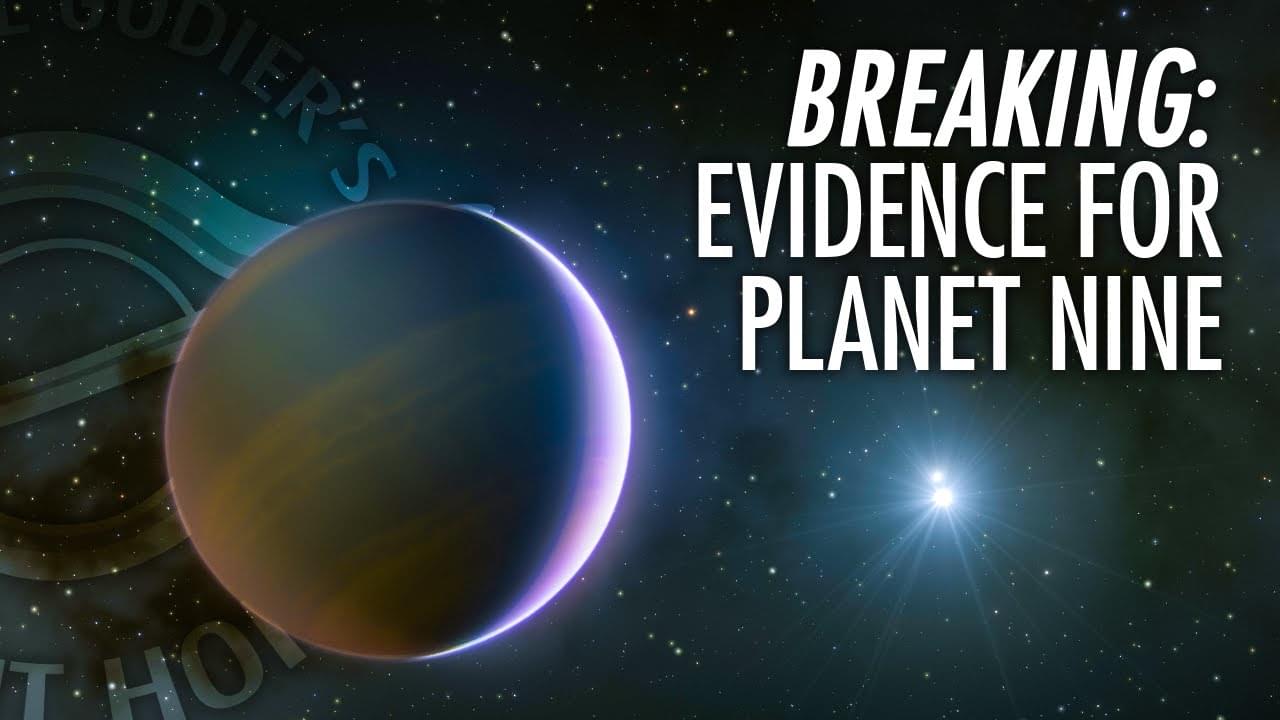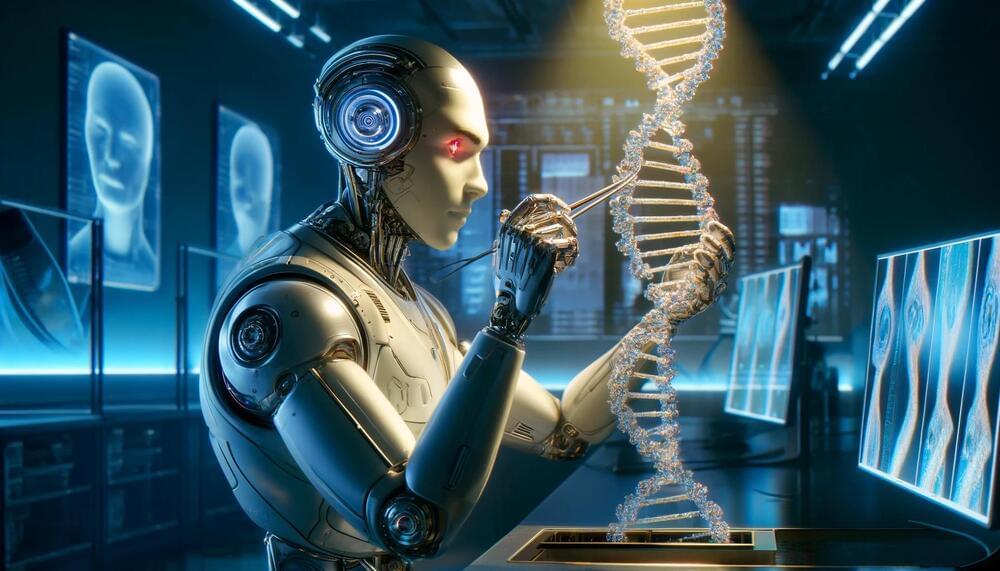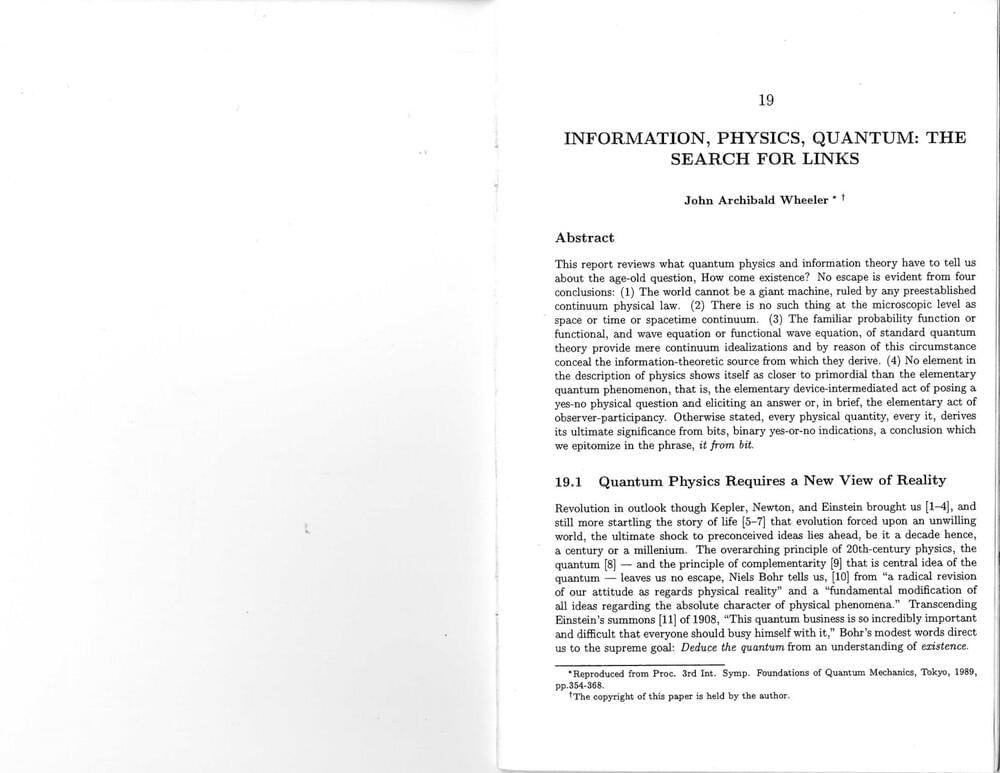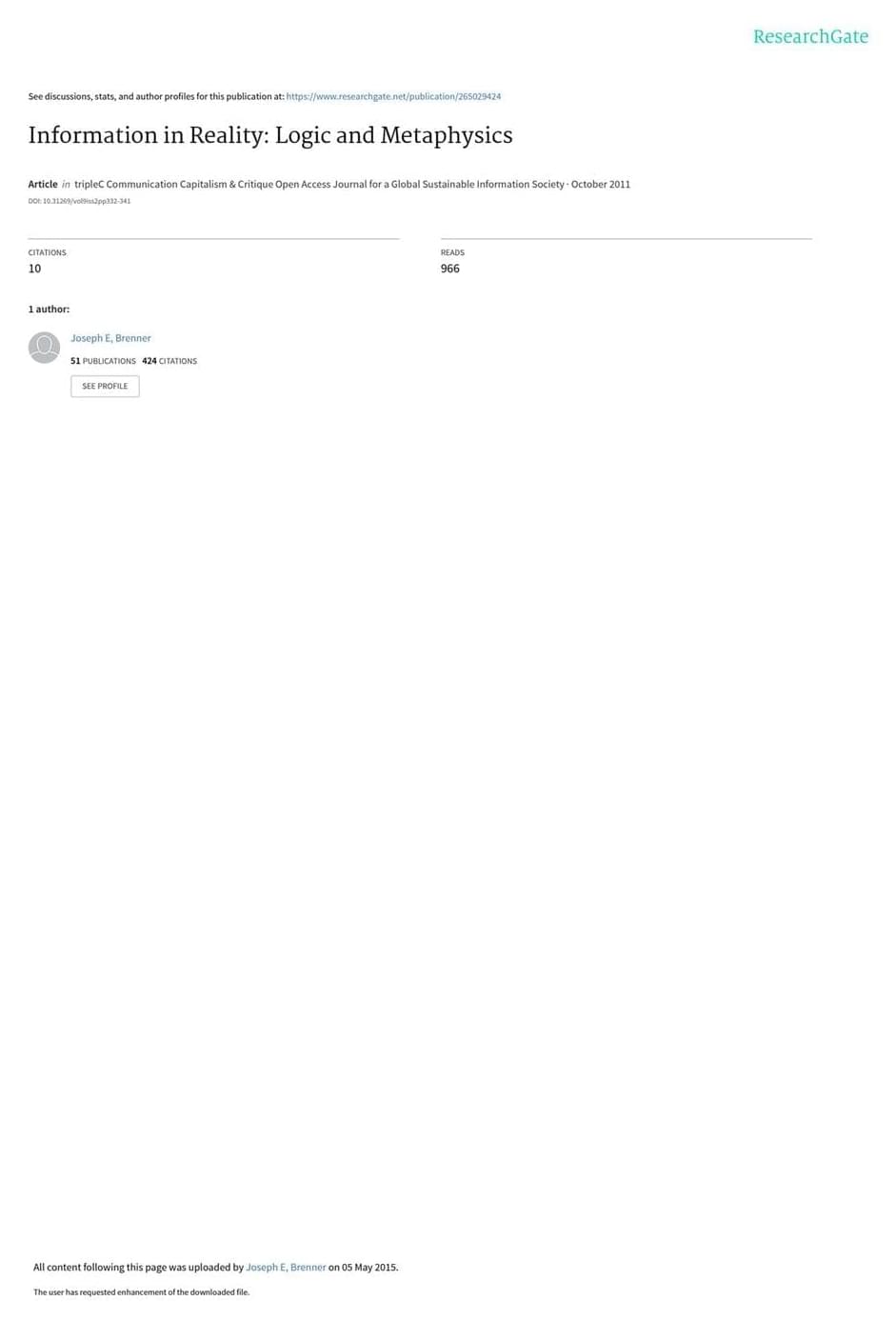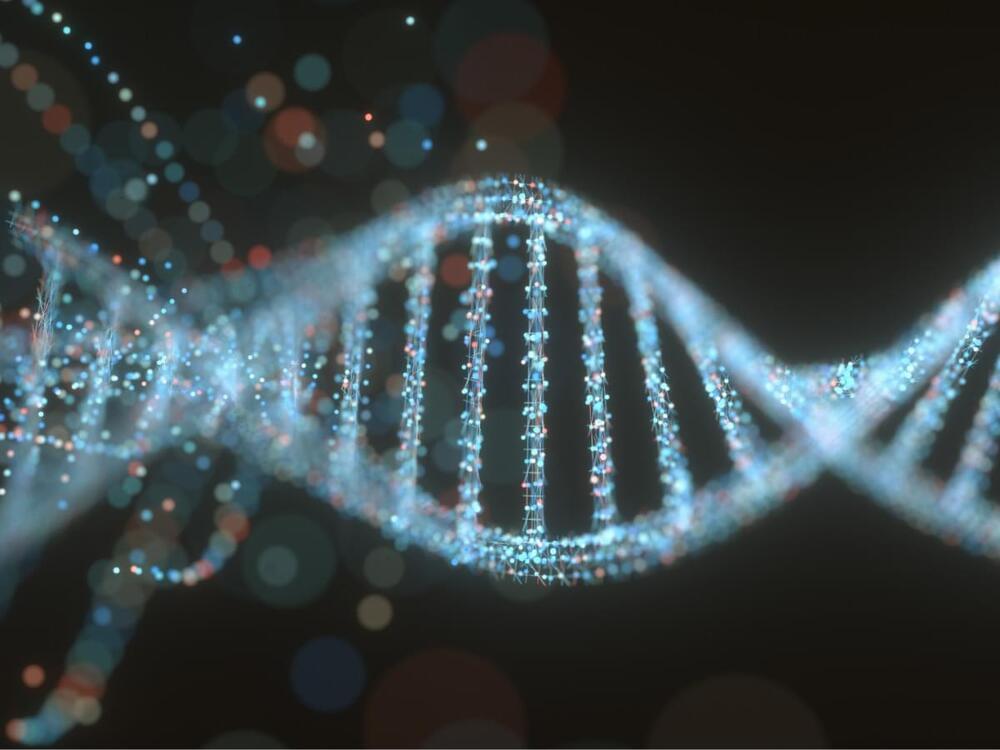Robotics is really about ‘embodied AI’, says the CEO of Sanctuary AI, whose vision of robots’ future is now close to the one predicted by sci-fi. Meanwhile: the real transformers are… us.
Telcos are a prime example of an enterprise that would benefit from adopting this hybrid AI model. They have a unique role, as they can be both consumers and providers. Similar scenarios may be applicable to healthcare, oil rigs, logistics companies and other industries. Are the telcos prepared to make good use of gen AI? We know they have a lot of data, but do they have a time-series model that fits the data?
When it comes to AI models, IBM has a multimodel strategy to accommodate each unique use case. Bigger is not always better, as specialized models outperform general-purpose models with lower infrastructure requirements.
Does Planet Nine exist? At 5 Sigma, Konstantin Batygin, Mike Brown, and others have found the best evidence yet of it’s existence.
Generation of Low-Inclination, Neptune-Crossing TNOs by Planet Nine.
https://arxiv.org/abs/2404.
Injection of Inner Oort Cloud Objects Into the Distant Kuiper Belt by Planet Nine by Konstantin Batygin and Michael E. Brown.
https://arxiv.org/pdf/2104.05799.pdf.
Eduardo marturet — planet 9, op. 3 • eduardo marturet — planet 9
Konstantin’s Band.
https://theseventhseason.net/
YouTube Membership: / @eventhorizonshow.
Medically, AI is helping us with everything from identifying abnormal heart rhythms before they happen to spotting skin cancer. But do we really need it to get involved with our genome? Protein-design company Profluent believes we do.
Founded in 2022 in Berkeley, California, Profluent has been exploring ways to use AI to study and generate new proteins that aren’t found in nature. This week, the team trumpeted a major success with the release of an AI-derived protein termed OpenCRISPR-1.
The protein is meant to work in the CRISPR gene-editing system, a process in which a protein cuts open a piece of DNA and repairs or replaces a gene. CRISPR has been actively in use for about 15 years, with its creators bagging the Nobel prize in chemistry in 2020. It has shown promise as a biomedical tool that can do everything from restoring vision to combating rare diseases; as an agricultural tool that can improve the vitamin D content of tomatoes, and slash the flowering time of trees from decades to months; and much more.
In order to terraform new planets, we will need to be able transport entire ecologies & ecosystems through interstellar space in the future. Today we will examine how we could build and maintain such environments inside vast arks, generations ships able to colonize our galaxy, and the challenges these starships will face maintaining not just stores of DNA and genetic material but living organisms which depend heavily on other members of their species and other species to survive and thrive, not least of which is human ourselves. Visit our sponsor, Brilliant: https://brilliant.org/IsaacArthur/ Join this channel to get access to perks: / @isaacarthursfia Visit our Website: http://www.isaacarthur.net Join Nebula: https://go.nebula.tv/isaacarthur Support us on Patreon:
/ isaacarthur Support us on Subscribestar: https://www.subscribestar.com/isaac-a… Group:
/ 1,583,992,725,237,264 Reddit:
/ isaacarthur Twitter:
/ isaac_a_arthur on Twitter and RT our future content. SFIA Discord Server:
/ discord Listen or Download the audio of this episode from Soundcloud: Episode’s Audio-only version:
/ exporting-earth Episode’s Narration-only version:
/ exporting-earth-ships-narration-only Credits: Exporting Earth Episode 150, Season 4 E36 Writers: Isaac Arthur Editors: Darius Said Gregory Leal https://www.gregschool.org/ Jerry Guern Konstantin Sokerin Laura Graham Mark Warburton Matthew Acker Sigmund Kopperud Stuart Graham https://beyondnerva.wordpress.com Producer: Isaac Arthur Cover Artist: Jakub Grygier https://www.artstation.com/jakub_grygier Graphics Team: Darth Biomech https://www.artstation.com/darth_biomech Fishy Tree https://www.deviantart.com/fishytree/ Jarred Eagley Jeremy Jozwik https://www.artstation.com/zeuxis_of_… Katie Byrne Ken York
/ ydvisual Krisitijan Tavcar https://www.miragedereve.com LegionTech Studios Sam McNamara Sergio Boterio https://www.artstation.com/sboterod?f… Narrator: Isaac Arthur Music Manager: Luca DeRosa — [email protected] Music: Dracovallis, “Golden Meadows” https://dracovallis.bandcamp.com/ NJ Mandaville, “Intrumental Background 1”
/ nj-mandaville Kevin Macleod, “Infinite Wonder”
/ @incompetech_kmac Chris Zabriskie, “Candlepower” http://chriszabriskie.com Kai Engel, “Endless Story About Sun and Moon” https://www.kai-engel.com/ Lombus, “Amino” https://lombus.bandcamp.com Aerium, “Windmill Forests”
/ @officialaerium Epic Mountain, “Rising Sky”
/ epicmountain.
Charles Darwin and his followers postulated that random accidental mutations of small effect plus natural selection over long periods would provide sufficient hereditary variation to explain biological diversity. Research since the middle of the twentieth century has unexpectedly shown that living organisms possess many different means of altering their genomes biologically, and these processes have been validated by DNA sequence analysis. In addition, the biological process of interspecific hybridization has become recognized as a major source of rapid speciation and genome amplification. Thus, it is time to shift our basic concept of evolutionary variation from the traditional model of slow change from non-biological sources to a fully biological model of rapid genome reorganization stimulated by challenges to reproduction.
Introduction
In Western society prior to the Enlightenment, there was little disagreement about the origins of biological diversity: it resulted from divine creation of an unchanging panorama of plant and animal species, as explained in Genesis. No thought was given to the idea that living organisms could change their fundamental natures. Even a scientist dedicated to analyzing the nature and classification of life forms, Carl Linnaeus (1707−1778), and one who documented the extinction of fossil organisms, Georges Cuvier (1769−1832), both believed in the fixity of species.
The promise of photonics ICs is spurring innovation, but complex processes and a lack of open foundries are keeping it from reaching its full potential.
Circuit scaling is starting to hit a wall as the laws of physics clash with exponential increases in the volume of data, forcing chipmakers to take a much closer look at silicon photonics as a way of moving data from where it is collected to where it is processed and stored.
The laws of physics are immutable. Put simply, there are limits to how fast an electron can travel through copper. The speed of an electron, while fast on a macroscopic scale, encounters significant resistance as pathways shrink, leading to heat generation and power inefficiencies. In contrast, silicon photonics circumvents these electrical limitations by harnessing the swiftness of photons, which travel at the speed of light and are not bound by the resistive properties of materials like copper. Unlike electrons, photons do not generate significant heat, can carry more data due to their higher frequency, and suffer from less signal degradation.
Bayesian Machine Learning
Posted in robotics/AI
Have you ever wondered how machine learning systems can improve their predictions over time, seemingly getting smarter with each new piece of data? This is not just a trait of all machine learning models but is particularly pronounced in Bayesian Machine Learning (BML), which stands apart for its ability to incorporate prior knowledge and uncertainty into its learning process. This article takes you on a deep dive into the world of BML, unraveling its concepts and methodologies, and showcasing its unique advantages, especially in scenarios where data is scarce or noisy.
Note that Bayesian Machine Learning goes hand-in-hand with the concept of Probabilistic Models. To discover more about Probabilistic Models in Machine Learning, click here.
Bayesian Machine Learning (BML) represents a sophisticated paradigm in the field of artificial intelligence, one that marries the power of statistical inference with machine learning. Unlike traditional machine learning, which primarily focuses on predictions, BML introduces the concept of probability and inference, offering a framework where learning evolves with the accumulation of evidence.
